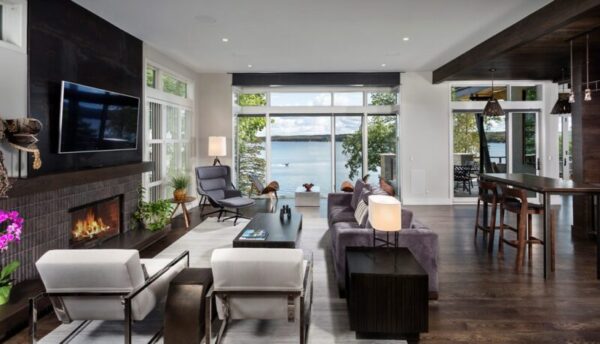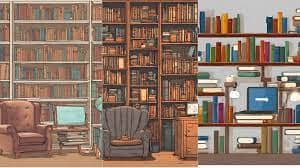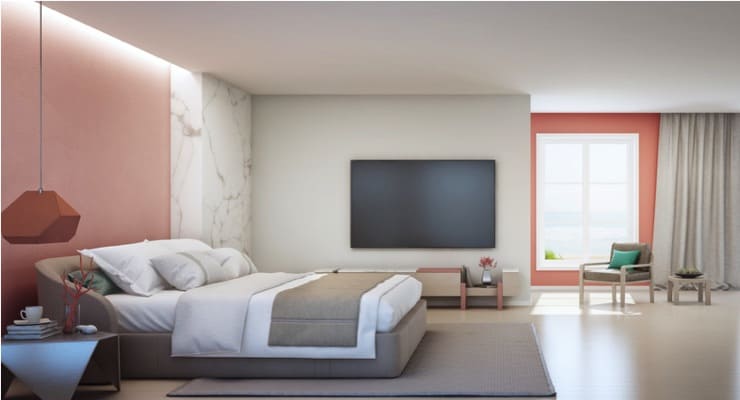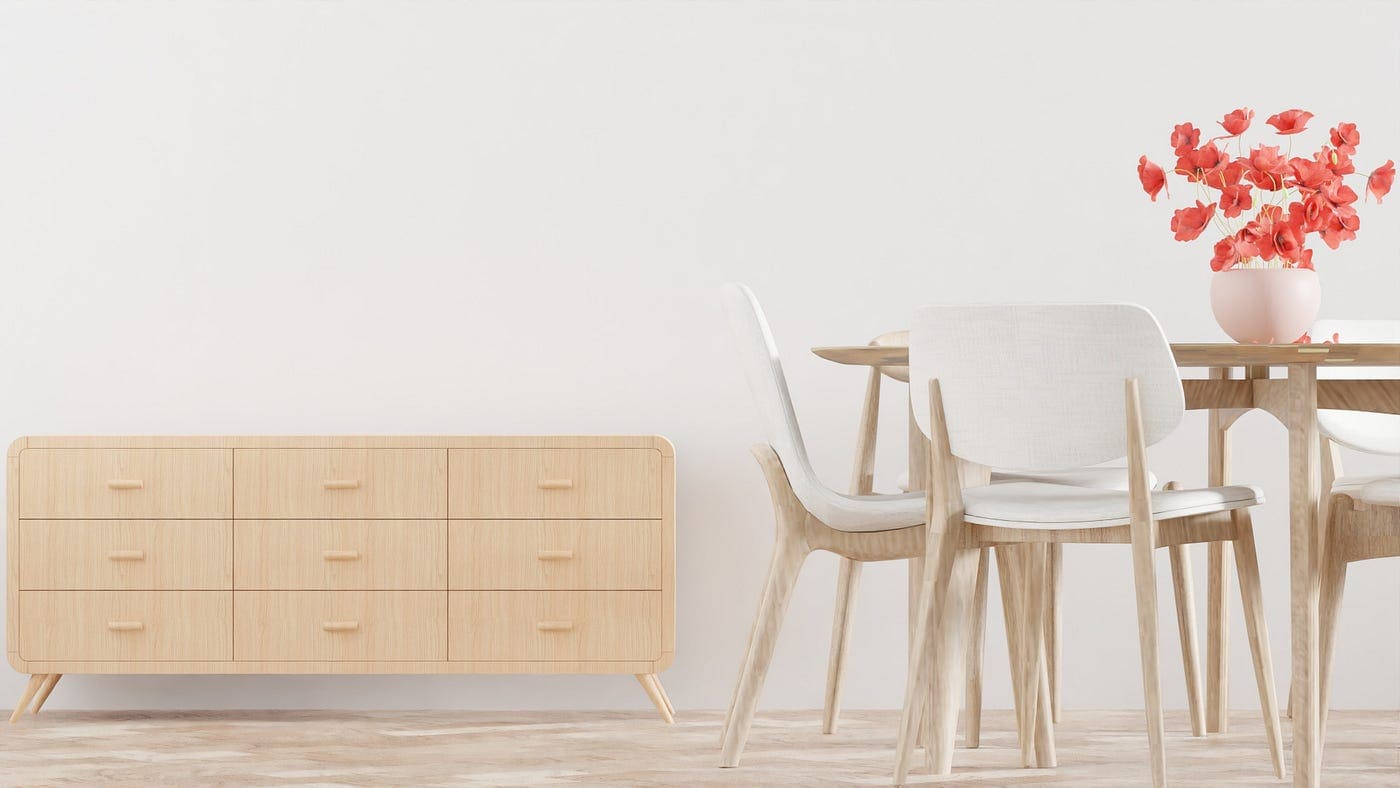Predicting specific interior design trends for a specific year like 2030 can be challenging, but I can certainly suggest some futuristic design concepts and trends that might become prominent in the coming decade based on the direction of technology, sustainability, and lifestyle preferences. Here are seven potential futuristic interior design trends to watch in 2030:
Biophilic Design Integration: As our lives become increasingly urbanized, the desire for connection with nature will grow stronger. Biophilic design, which incorporates natural elements like plants, natural light, and organic materials, will continue to evolve. In 2030, expect to see living walls, indoor gardens, and advanced green technology integrated into interior spaces.
Sustainable and Eco-Friendly Materials:
Environmental consciousness will play a significant role in interior design. Sustainable materials like recycled plastics, reclaimed wood, and innovative eco-friendly textiles will be used extensively. 3D printing and other advanced manufacturing techniques will enable the creation of furniture and decor items with minimal waste.
Smart Homes and IoT Integration:
With the continued advancement of the Internet of Things (IoT), homes will be smarter than ever. Expect to see intelligent, connected interiors where furniture, lighting, temperature, and entertainment systems are seamlessly controlled through voice commands or AI assistants. Smart mirrors and windows will also become more common.
Minimalistic and Multifunctional Furniture:
With urban living spaces becoming smaller, futuristic furniture designs will emphasize minimalism and multifunctionality. Modular and adaptable furniture that can transform to meet different needs will be in high demand.
Virtual and Augmented Reality in Design:
Virtual reality (VR) and augmented reality (AR) technologies will revolutionize interior design. Homeowners will be able to virtually try out different design concepts and layouts before making any changes physically. AR can also be used for interactive decor and art installations.
Biometric Security and Personalization:
Biometric security measures, like fingerprint and facial recognition, will become standard in futuristic interior design. These technologies will not only enhance security but also enable personalized settings for lighting, temperature, and entertainment based on individual preferences.
Floating and Levitating Furniture:
Futuristic design often plays with gravity-defying concepts. Floating and levitating furniture, including tables, chairs, and decorative elements, will become eye-catching focal points in interior spaces. Magnetic or anti-gravity technology will make this possible.
Keep in mind that design trends can vary by region and individual preferences, so not all of these trends may be equally popular everywhere. However, these concepts represent a general direction in which interior design may evolve in 2030, with an emphasis on sustainability, technology integration, and a closer connection to nature.





